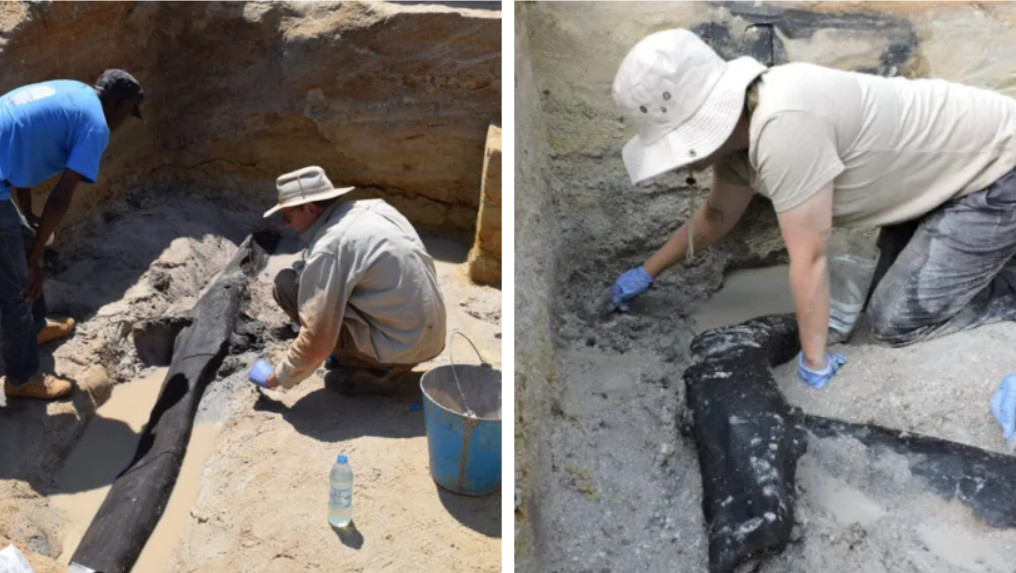Archeologists were looking for shipwrecks in Lake Michigan when they stumbled onto something much more fascinating than they had anticipated.
Archaeologists were looking for shipwrecks in Lake Michigan when they came across something much more remarkable than they had anticipated: a boulder with a mastodon carving on it and a group of stones stacked like Stonehenge.
Οbserving the Water
In contemporary archaeology, remote sensing techniques are frequently used; researchers constantly search lakes and the ground for undiscovered buildings. Archeologists unearthed a prehistoric surprise when searching for shipwrecks in Lake Michigan's Grand Traverse Bay at a depth of roughly 40 feet. A trained eye can identify what it is by looking at the sonar scan photographs in this article. They also found sunken boats, automobiles, and even a pier from the Civil War.
During a news conference in 2007 with images of the boulder on display, Mark Holley, a professor of underwater archaeology at Northwestern Michigan University College who made the find, remarked, "When you see it in the water, you're inclined to say this is totally real." "But, we need the professionals to visit and confirm that.
The marked boulder measures roughly 5 feet in length and 3.5 to 4 feet in height. A surface with multiple fissures is visible in photos. The ones resembling what might be a petroglyph stood out, even though some might be natural and others seem to be human-made, according to Holley.
When taken as a whole, they, according to him, resemble the outline of a mastodon, complete with back, hump, head, trunk, tusk, triangular-shaped ear, and sections of legs.
According to Greg MacMaster, head of the underwater preservation council, "We couldn't believe what we were seeing."
Before certifying the marks are an ancient petroglyph, experts who have seen images of the boulder with the mastodon markings have requested more proof, according to Holley.
He stated, "They want to actually see it. However, he continued, "Petroglyph experts typically don't dive, so we're hitting into a bit of a stumbling block there."
If confirmed, the would-be petroglyph could date back as far as 10,000 years, which would put it in line with the presence of both humans and mastodons in the upper Midwest during the post-Ice Age. If the formation were real, it wouldn't be totally out of the ordinary. There are stone circles and other petroglyph sites nearby.
The discovery was made a few years ago, and surprisingly, there isn't much information online about it. But, I'll make sure to update this piece as soon as I can get my hands on more details. Who is from Michigan, then?









